Lifestyle Farming
Responsibilities and minimum requirements
Important Note
Lifestyle farming means being responsible for land and its inhabitants. Responsibilities are not to be left to chance.
- In general, it is unlikely to earn an income from less than 4 hectares. A few people operating in a niche market may draw a profit from their land but for most it is truly a ‘lifestyle’. If costs can be covered from any activity this is generally doing well.
- Managing a lifestyle property and holding down a full time job does not leave a lot of spare time. Many of the same tools and equipment are needed as for much larger farms, as are many of the same animal tasks and responsibilities, albeit with fewer animals.
Land access and trespassing
Farmers large and small don’t appreciate unexpected visits and Pāuatahanui has a long history of stock thefts which means everyone is wary of strangers. Properties can be isolated and paddocks may be some distance from homes, so any strangers will be challenged if they are seen.
Generally speaking, don’t go into land which is not yours
1) except for a good reason, such as returning wandering stock or
2) without either asking permission beforehand or advising the land owner as soon as possible afterwards.
Don’t hesitate to record the details of unfamiliar vehicle drivers or pedestrians. Neighbourhood contact lists are invaluable for letting neighbours know what is going on in these cases.
Stock management
Good welfare outcomes for animals result from good animal management. The public see and will report on poor animal welfare.
Anyone keeping animals has legal as well as moral responsibilities. Legal obligations are set out in the Animal Welfare Act 1999.
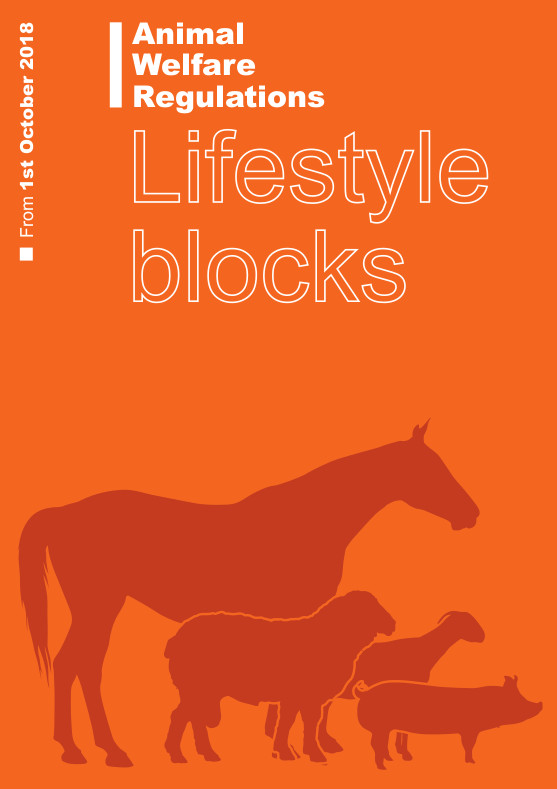 Codes of Animal Welfare for all the different types of animals can be found on the Ministry for Primary Industries (MPI) New Zealand website https://www.mpi-govt.nz/protection & response/Animal welfare/Codes of welfare including one specific to Lifestyle farmers.
Codes of Animal Welfare for all the different types of animals can be found on the Ministry for Primary Industries (MPI) New Zealand website https://www.mpi-govt.nz/protection & response/Animal welfare/Codes of welfare including one specific to Lifestyle farmers.
Essentially, animal owners must:
- provide for animals’ physical, health and behavioural needs in accordance with good practice and current scientific knowledge and practices
- provide appropriate physical handling and not mistreat any animal in a way that causes unnecessary pain and/or suffering
- protect from, and rapidly diagnose, injury and disease and make sure sick to alleviate pain or distress as soon as possible
- ensure animals are castrated, disbudded or dehorned and killed in a humane manner using veterinary or registered homekill services as necessary. Some painful procedures are regulated. These procedures can be found on the Ministry of Primary Industries website
- provide proper and sufficient food, water and shelter for all stock, in all seasons.
Buy good quality stock animals and follow this with sound advice from vets, local farming business, books, magazines or the internet from the outset.
DO NOT overstock. Remember that you have to feed the animals all year and that what may seem a plentiful supply of grass in spring or autumn can quickly disappear over a dry summer or a cold winter. Lifestyle farmers often make this mistake and then have to deal with health issues, feed shortages and other problems.
PLAN how stock will be managed. Animals must have a good water supply/troughs and have food and / or forage available all year round, no matter what the weather brings. Plan when animals will be vaccinated, mated, weaned, sold, killed and so on.
It is especially important to have a plan for dealing with parasites such as parasitic worms, lice or ticks as these will severely compromise animal health. Usually this is addressed by vaccinating or drenching the animals. If an organic approach is chosen, that precludes the use of drenches, then other alternatives need to be considered.
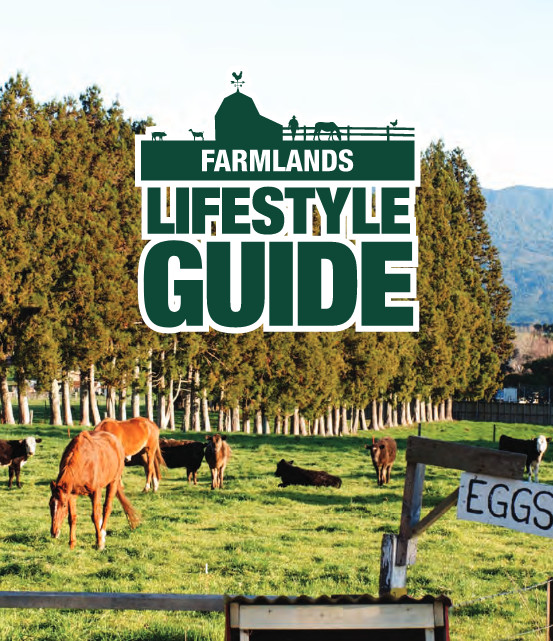
Water and Feed
All farm animals need water - a good supply of fresh clean water available at all times. Fancy water troughs are not necessary, in fact an old bathtub or any secure container will often do. It can be filled by a garden hose or by a pump or gravity feed system.
|
SPECIES |
DAILY WATER REQUIREMENT PER ANIMAL |
|
Cattle |
45 litres |
|
Sheep |
3 litres |
|
Goats |
3 litres |
|
Pigs |
25 litres |
|
Poultry |
350 mls |
|
Alpacas and Llamas |
5 litres |
Fencing
Landowners need to properly fence and then maintain fencing on their property, especially when putting animals on the land.

Landowners are personally liable if animals get out and cause any damage or an accident. The Fencing Act 1978 defines what an adequate fence is :
Fencing Act 1978 No 50 (as at 29 October 2019), Public Act
Note that existing fences are not necessarily on property boundary lines. A fence may have been placed along lines of terrain that offer easier building and management. This does mean that where a “boundary” fence crosses a section of a neighbour’s property, they may legally remove that portion and / or realign the fence. Wherever possible, ensure correct records of boundaries are available.
Road fences may also have been placed on road reserve. If the Council needs to access the road reserve for road maintenance (for example, where trees or large weeds have grown through fencing), workers may remove the fence, and may not necessarily replace it. Whilst the cost of boundary fences is shared between neighbours, this does not apply to roadside fences where the full cost of the fence is the responsibility of the property owner.
Stock Yards
Stock owners must be able to catch, contain and manage all the animals on their property. Stock management requires a range of procedures and many vets and rural contractors will not attend to animals that are not safely contained so suitable stock yards must be in place, preferably on the property. If there are yards available for use on a neighbouring property, check the access and arrangements with the neighbour.
Beef or deer animals must be in yards for TB (Tuberculosis) testing by a NAIT officer.
If building or modifying stock yards, there are requirements for different animals. Guides and designs can be found online.
 Registration of Cattle and Deer
Registration of Cattle and Deer
All cattle and deer on a property must be registered in the NAIT (National Animal Identification & Tracing) system, whether there is one animal, or many. As a person in charge of animals (PICA) the land owner is legally obliged to register their property with NAIT and keep the NAIT account updated at all times. To register visit the Ospri website https://www.ospri.co.nz
Failure to register can incur an $800 fine.
All cattle and deer must have a unique NAIT ear tag fitted and registered within 180 days of birth or before their first off-farm movement, whichever comes first. Tags are purchased through rural suppliers e.g. Farmlands or PGG Wrightsons. Livestock without a NAIT ear tag are not allowed to be transported from a property.
If stock are to be moved between properties or sent to slaughter this requires an Animal Status Declaration (ASD) which provides important information about the animal or group of animals for:
- other people purchasing or taking charge of them
- processors requiring guidance for ante-mortem and post-mortem examinations
- determining export eligibility and MPI's ability to sign export certificates on behalf of the Government
- assessing risk of tuberculosis (TB) as required under the Biosecurity (National Bovine Tuberculosis Pest Management Strategy) Order 1998.
 Note: Pāuatahanui is within a TB Movement Control area so all cattle and deer over 90 days of age must have tested clear in a pre-movement TB test within 60 days of being moved. Stock going direct to slaughter do not need a pre-movement test.
Note: Pāuatahanui is within a TB Movement Control area so all cattle and deer over 90 days of age must have tested clear in a pre-movement TB test within 60 days of being moved. Stock going direct to slaughter do not need a pre-movement test.
To arrange a pre-movement test, call 0800 482 463 or online Order a pre-movement test - 14 days notice is required. Suitable yards for stock to be safely tested must be provided.
For detailed information go to the Ospri website https://www.ospri.co.nz/farmers-and-livestock-owners/lifestyle-farmers/
Wandering stock
A perennial problem for owners of livestock is stock wandering, stock being let out, and / or stock getting out and interfering with, or causing damage to, neighbouring properties. The best solution is to have secure gates and well-maintained fences but sometimes these are still not enough.
if there are stock that have wandered, a landowner can use the provisions of the Impounding Act 1955 to impound stock and claim damages for trespassing and/or, in the case of pigs or most goat species, destroy the animals. However, livestock are an expensive commodity and if the occupier does not follow the rules when impounding or destroying stock, they could themselves be liable.
Stray dogs
Domestic dogs must not stray within rural areas. Straying dogs should be impounded via the Council’s animal control service. If found worrying stock, dogs can be shot on the spot.
Bee keeping
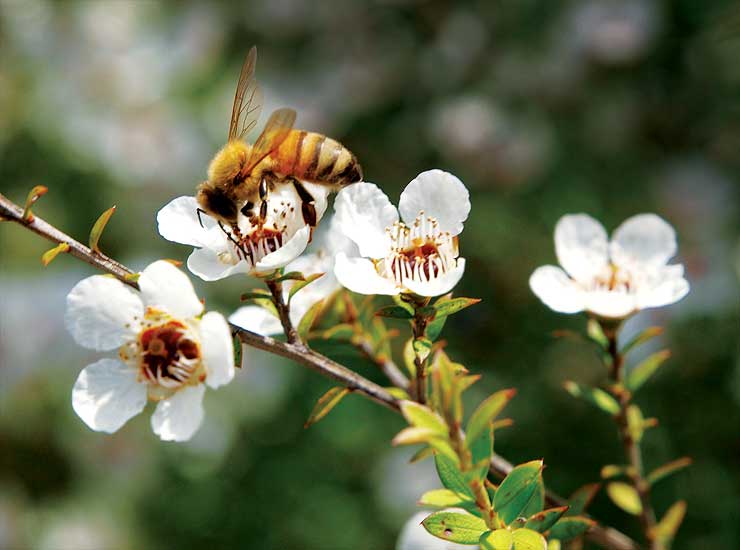 Having hives on a property can seem to be an easy and attractive way to earn some income. However bees need to be considered in the same way as any other livestock kept on a lifestyle property. This means that the lifestyle farmer needs to ensure that they have sufficient access to food and water.
Having hives on a property can seem to be an easy and attractive way to earn some income. However bees need to be considered in the same way as any other livestock kept on a lifestyle property. This means that the lifestyle farmer needs to ensure that they have sufficient access to food and water.
The amount of manuka to sustain a hive of bees is
- One beehive per hectare of wild manuka coverage or
- Two beehives per hectare of plantation manuka
Unlike other animals, bees cannot be fenced in. They will also fly up to 5 kilometres in their search for food so it is important to realise that If there are too many hives concentrated in an area or if the bees have to fly too far to get it, there is insufficient food for the bees and this reduces the honey take for everyone.
It is also important to remember that the reason bees make honey is that it is their main food source. Bees spend the warmer months collecting nectar from flowers to make enough food stores for their hive during winter. This is because it’s too cold for the bees to go out and find honey in winter. If the honey is removed from the hive for human consumption, the bee-keeper has an obligation to feed the bees during winter. This is usually done using a sugar syrup mixture.
Honey production also requires bees to have access to clean water. If there is insufficient natural water available bees will be seen gathering around troughs or a leaking tap or drowning in a swimming pool.
There are ethics associated with beekeeping including
- Considering other beekeepers on neighbouring properties
- Avoiding “boundary stacking” - that is, placing hives along a boundary fence to utilise flowering plants on neighbouring properties
- Siting hives away from gateways, stockyards, dog kennels, houses, pools, farm buildings
Beekeepers are legally required to register their apiary with AsureQuality Ltd. This is so all hives can be monitored for exotic pests and diseases that can harm honeybees. Beekeepers must display their Apiary Registration Number at each apiary (usually on each hive). More information about this can be found at HiveHub.
Homekill
Homekill is the slaughtering and butchering of your farmed animals for your own use and consumption. This may be done by you, or by a listed service provider. It is illegal to sell or trade homekill meat.
For details see: Homekill | NZ Food Safety | NZ Government
Disposing of Dead Animals
Unfortunately, no matter how well cared for, some animals will die and need to be buried. This can pose a serious problem for the owner especially on a small lifestyle block.
Poor carcass and offal disposal can result in groundwater and waterway contamination. It can also cause odour, insect and vermin infestation, and risks to domestic animals. It is illegal to:
- Dump dead animals and offal into rivers and streams
- Feed animal carcasses or offal to pigs
- Leave dead animals lying around the farm
Dogs can spread hydatids and sheep measles if they eat raw sheep meat. Do not leave animal carcasses in the open where dogs can gain access. Move, cover and if possible bury dead carcasses as soon as possible.
This article from thisNZlife contains information on the pros and cons of different methods of disposal
How to Dispose of a Dead Animal.pdf
The construction and use of offal pits is controlled by Greater Wellington Regional Council.
For more details see the GW website Offal Pits
Pest Control
 The Pāuatahanui Residents Association supports Pest Free Pãuatahanui
The Pāuatahanui Residents Association supports Pest Free Pãuatahanui
https://www.facebook.com/pestfreepauatahanui
The Department of Conservation website gives an A-Z of pests description and threat. It has also published 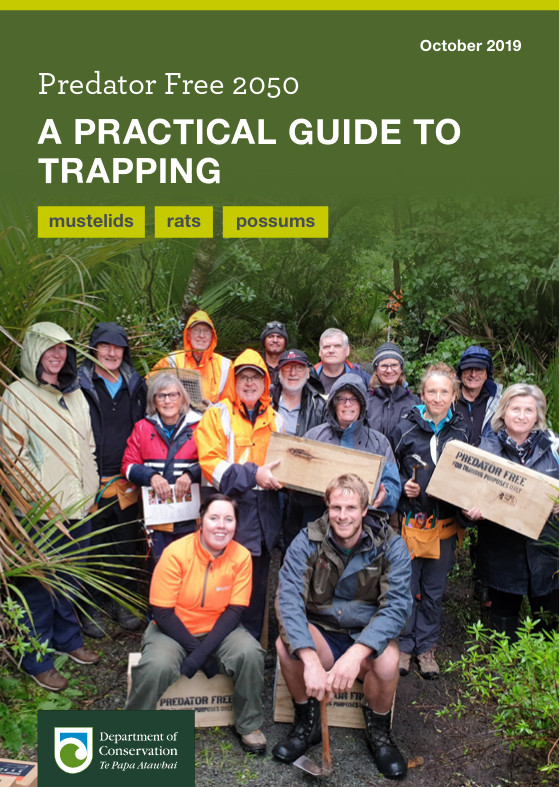 Predator Free 2050 - a Practical guide to trapping
Predator Free 2050 - a Practical guide to trapping
Greater Wellington Regional Council will offer advice and support for those looking to undertake pest animal control. This includes advice on best control methodologies as well as supplying traps and poisons at cost rates. Further information can be found on Greater Wellington website: https://www.gw.govt.nz/pest-animals/ by contacting Pest.Animals@gw.govt.nz or phoning 0800 496 734.
Other Useful Resources
- Lifestyle Block (LSB) - Information and support for lifestyle farmers at Lifestyle Block | Information and support for lifestyle farmers - LSB
- Lifestyle Farming in New Zealand - Managing Stock on a Small Holding, by Paul Martin (published by Craig Potton Publishing)
- Beef & Lamb NZ https://beeflambnz.com/
- New Zealand Veterinary Association https://www.nzva.org.nz/
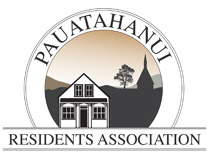
 Registration of Cattle and Deer
Registration of Cattle and Deer